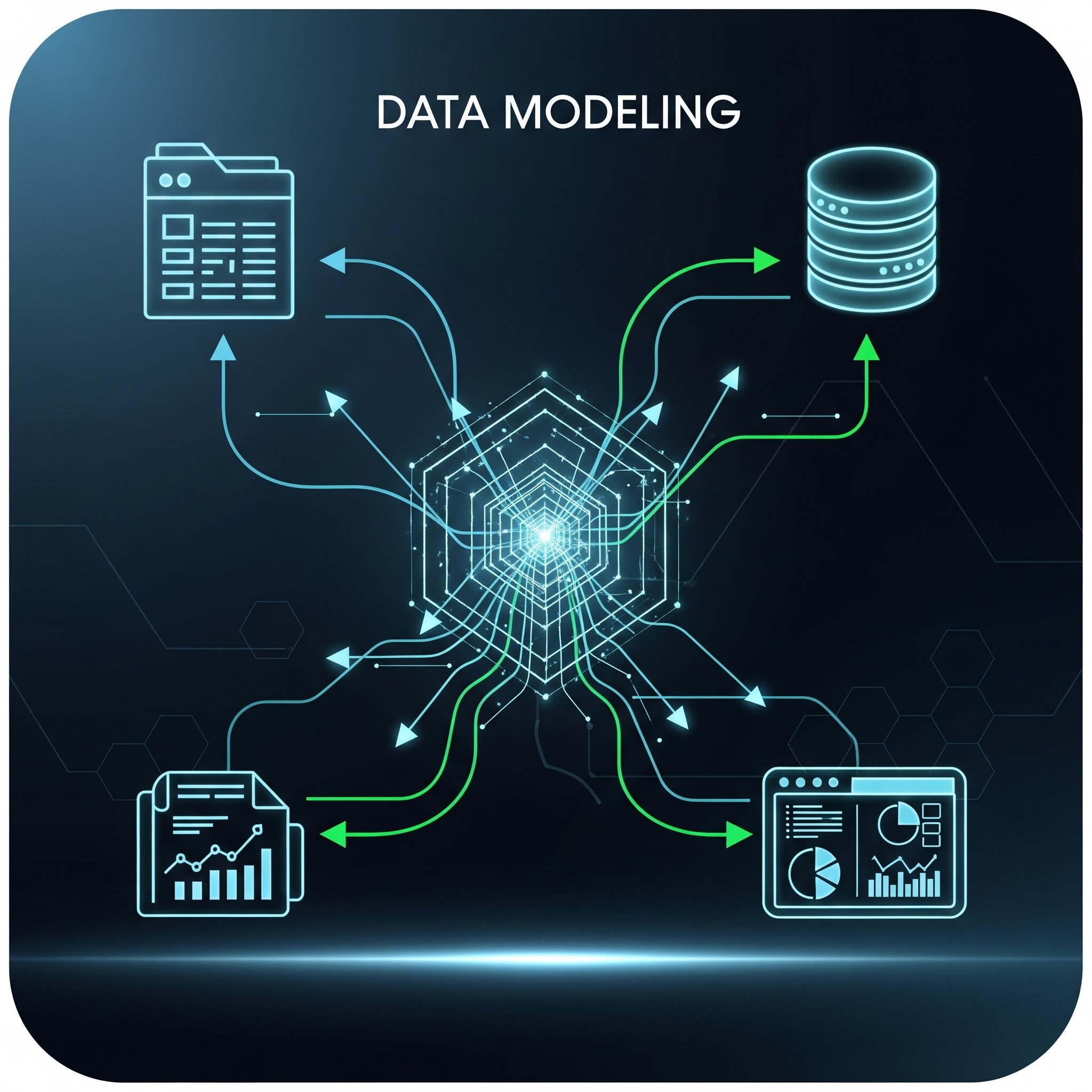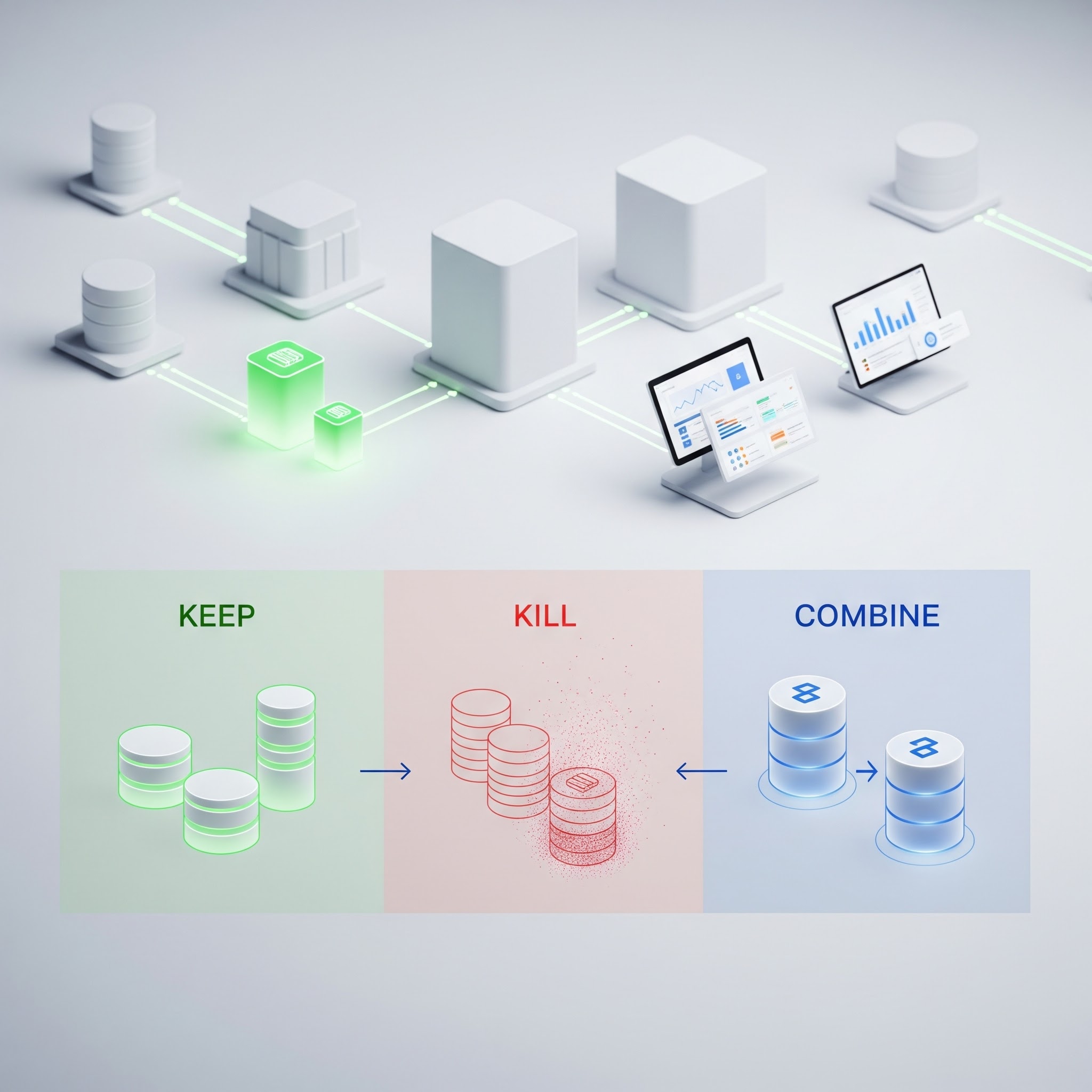How to Define and Identify the Value of Data Products


Every organization talks about becoming data driven. They invest in warehouses, pipelines, catalogs, and dashboards. They appoint data product owners, establish data mesh strategies, and launch ambitious AI projects. Yet when the CFO asks about the actual business value of the data products, teams often don’t know how to answer. Most companies know what they’ve built but not what it’s worth. Without a shared definition of value, success becomes subjective, and teams optimize for output instead of impact.
In this article, we’ll explore how to define data product value in business terms, connect data initiatives to real outcomes, measure trust and usability, and build a culture where impact—not output—is the metric that matters.
Why “Value” Is So Difficult to Pin Down
Defining the value of a data product isn’t as simple as measuring revenue or usage. Some teams focus on technical quality such as accuracy, completeness, and availability, while others track adoption metrics like dashboard views or API calls but neither approach tells the full story.
A model can be 98% accurate and still go unused if decision-makers don’t trust or understand it. A dashboard might be viewed daily but have little impact if it doesn’t influence real decisions. True value exists only when a data product changes how people think, decide, or operate. It sits at the intersection of trust, usability, and impact, not just technical performance.
What makes value even harder to define is context. Success looks different for every team. What matters in marketing analytics isn’t the same as in supply-chain optimization. Measuring value requires both business and data perspectives working together.
Start with the Decisions, Not the Data
The simplest way to define value is to connect every data product to a business decision flow. Instead of asking what the model predicts, teams should ask what the model will influence. If you build a churn-prediction model, its value depends on how effectively customer-success teams use it to retain clients. If you design a financial forecasting dataset, its value lies in the confidence it gives leadership to plan ahead. A marketing attribution report might be technically impressive, but unless campaign budgets shift based on its insights, it’s not creating value.
By anchoring data products to real decisions, organizations move from theoretical ROI to practical, observable outcomes. It also helps prioritize work: if a product can’t be tied to a decision, it’s probably not worth building or maintaining.
When Data Products Create Real Change
Consider a company that builds a “renewal risk score” to help its customer-success team identify clients likely to churn. On paper, the product is straightforward: a machine-learning model trained on past contracts and engagement data.
In early months, adoption is low—CS reps don’t trust the score because they can’t see how it’s calculated. After Ellie.ai is used to document the model’s business logic and map features to shared definitions, trust improves. Usage increases, and within a quarter, churn drops by three percent.
The data product’s value isn’t just in the model’s accuracy; it’s in how it changed behavior. CS teams act sooner, revenue retention rises, and leadership now uses the score as an early warning system for forecasting. The ROI story writes itself—not because the team measured every dollar precisely, but because they could clearly show the connection between insight and outcome.
The Three Dimensions of Data Product Value
Most valuable data products share three characteristics: people trust them, they’re easy to use, and they drive measurable outcomes.
- Trust
Trust is foundational. Data products must be accurate, consistent, and explainable. Users need to know what each field means, where the data comes from, and how calculations are made. Without that transparency, even the best model will sit unused.
- Usability
Usability determines whether people can engage with the product effectively. Is it accessible where users work? Can it be integrated seamlessly within their BI tools, workflows, or APIs? Is it documented and intuitive? Technical excellence is meaningless if business users can’t interpret or apply it.
- Adoption
Finally, adoption and impact reveal whether the product is actually changing behavior. Are people using it to make faster, better decisions? Are they replacing manual reports or guesswork with evidence-based actions? High adoption without impact can signal habit, not value, and high impact with low adoption might mean untapped potential. The goal is to strengthen all three dimensions simultaneously.
From Definition to Measurement
Clear definitions create alignment. But measurement creates accountability. Once organizations agree on what “value” means, the next challenge is capturing and sustaining it. The following sections explore practical ways to measure impact, co-define success, and adapt as business needs evolve.
Quantify the Intangible
Once those dimensions are defined, the next challenge is measurement. Quantifying value does not always require a complex financial model. Directional indicators are often enough to tell the story. Usage analytics can show adoption patterns, such as how often a dataset is queried, a dashboard accessed, or an API called, and time-savings metrics can estimate efficiency gains. For example, if a data product automates a task that once took four hours a week for 50 analysts, the time reclaimed translates directly into cost savings.
Some signals are qualitative but equally important. Business leaders might point to faster planning cycles, fewer conflicting reports, or better cross-team collaboration. These may be softer metrics, but they reflect trust and momentum, two forces that cannot be automated but create real value.
When a financial calculation is needed, the formula can stay simple: ROI = (Value created – cost of downtime or error) ÷ investment cost. The key is defining “value created” in a credible way. That could mean revenue gained through better retention, costs avoided through automation, or risks reduced through stronger compliance. The numbers do not have to be perfect. They just need to be transparent, defensible, and consistent over time.
Co-Define Value with Stakeholders
The biggest mistake data teams make is defining value in isolation. Business and technical stakeholders see impact through different lenses: business leaders care about growth and efficiency, while data professionals focus on accuracy and automation.
To align these views, the two sides should co-create a “value sheet” for each major product—an agreement on what success looks like, who owns it, and how it will be measured. This sheet might list target outcomes, define primary consumers, and clarify validation methods.
This collaborative framing achieves two things. First, it makes data products accountable to the same standards as any other business investment. Second, it builds trust. When stakeholders help define what value means, they’re far more likely to recognize and champion it once it’s achieved.
Make Adjustments Over Time
It’s important to remember that value isn’t fixed. Markets shift, processes evolve, and priorities change. A dataset that once drove quarterly planning may become obsolete as new tools or metrics emerge. To keep data products relevant, teams must implement continuous monitoring.
To understand how your data products are performing, combine quantitative tracking with qualitative insight. Monitor usage patterns, error rates, and data freshness, but also gather regular feedback from stakeholders to capture how those products are actually being used. Together, these signals reveal early signs of drift.
4 Common Pitfalls to Avoid
Several recurring mistakes can undermine the realization of value including:
- Assuming usage equals impact
A dashboard that attracts constant traffic is not necessarily driving better decisions. Quantity of access does not always translate to quality of insight.
- Measuring value only after launch
When impact is assessed retroactively, teams end up telling stories rather than demonstrating accountability. Embedding value measurement early ensures every product is built with clear goals and success criteria from the start.
- Confusing technical performance with business success
A data product can be robust, scalable, and well-documented yet still fail to deliver meaningful business outcomes. Technical excellence matters, but only when it aligns with the decisions the business cares about.
- Treating value as static
A data product that once delivered strong ROI can become a liability if it no longer supports current priorities. When teams view data products as living systems, they are more willing to retire what no longer serves the business and reinvest in what does.
From Output to Outcome: Keeping Data Value Visible
When organizations define and measure the value of their data products, they shift their focus from delivery to impact. Success is no longer measured by the number of dashboards built or pipelines deployed, but by the quality of decisions improved and opportunities realized.
Ellie.ai fosters that clarity. By embedding business definitions, ownership, and context directly into the modeling process, every data product begins with shared intent and traceable meaning. Value is not measured after the fact; it’s built in from the start. As definitions evolve, Ellie.ai maintains the link between business logic and data outputs, tracking lineage, ownership, and impact so teams can see exactly how their models drive outcomes over time. Learn more about how Ellie.ai helps organizations turn data initiatives into measurable impact.









